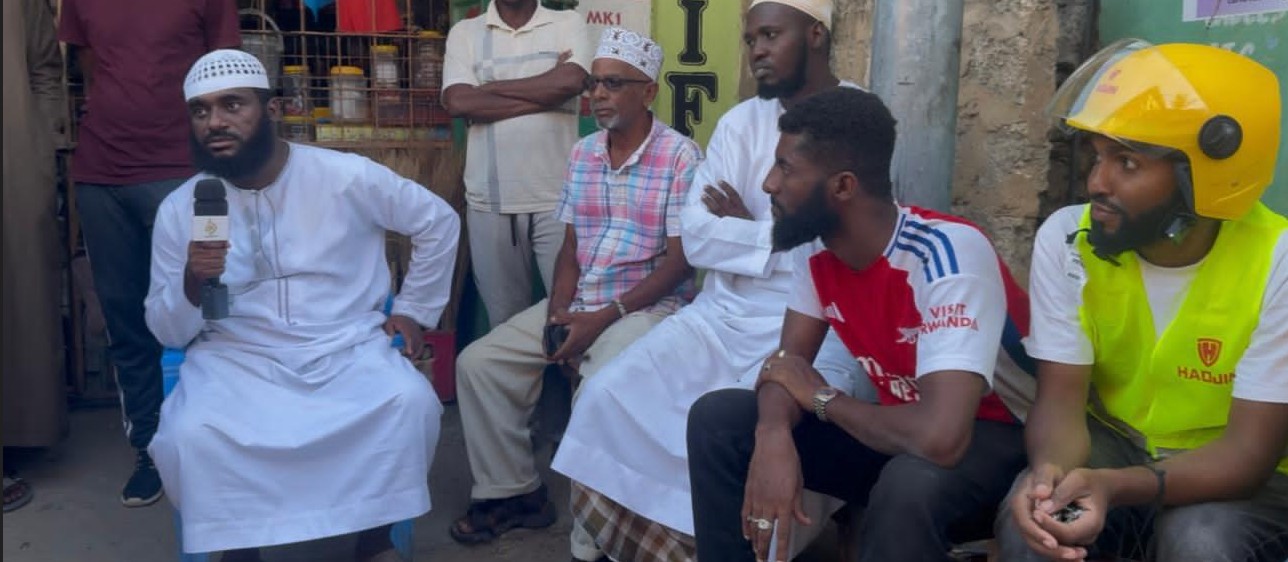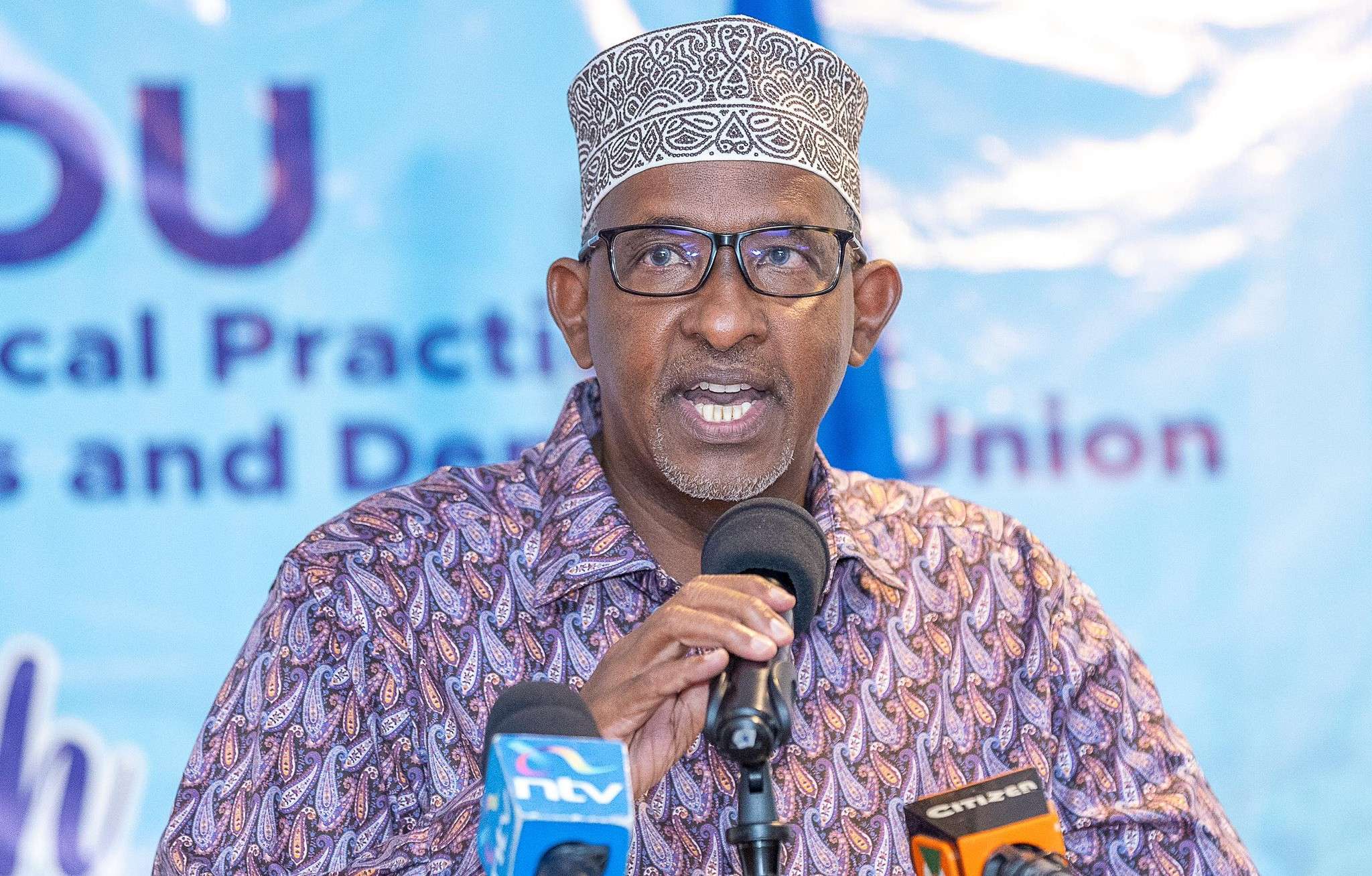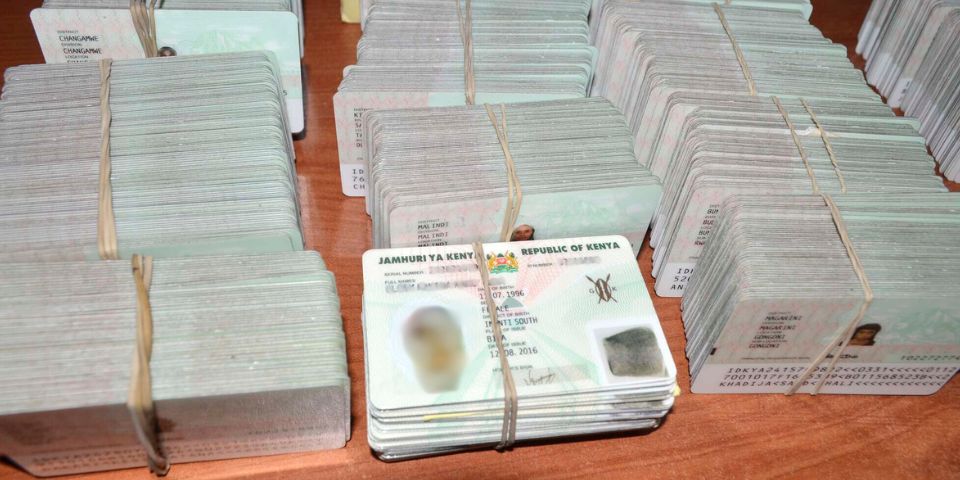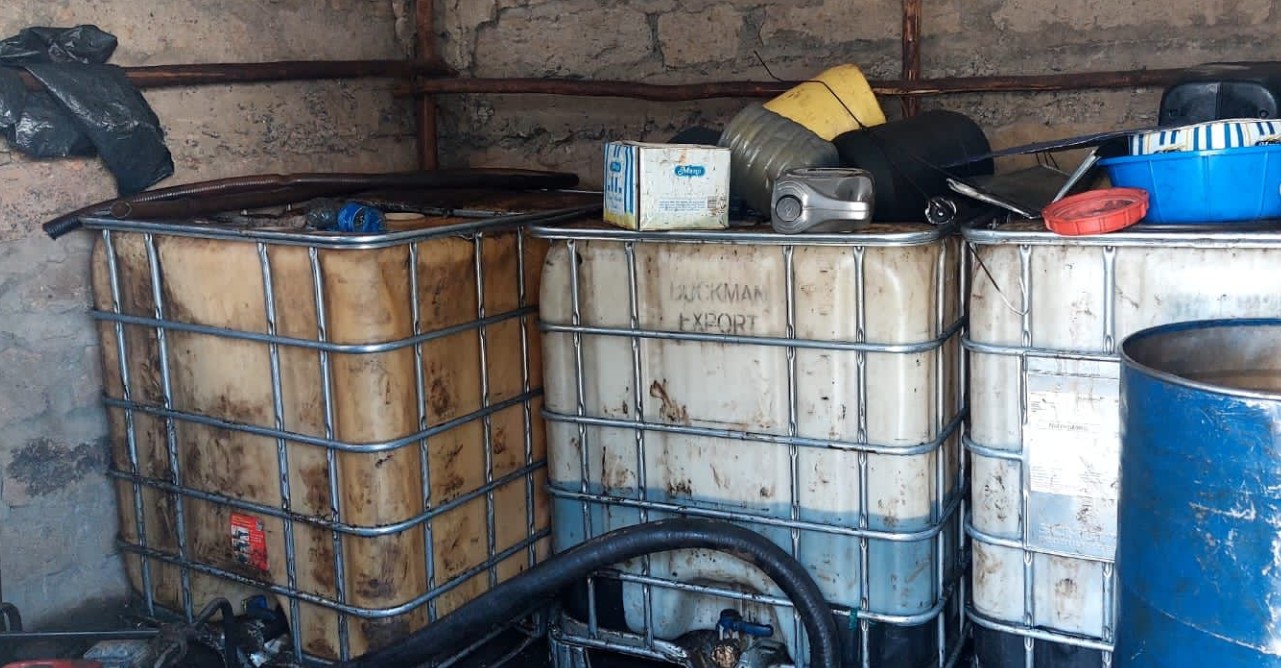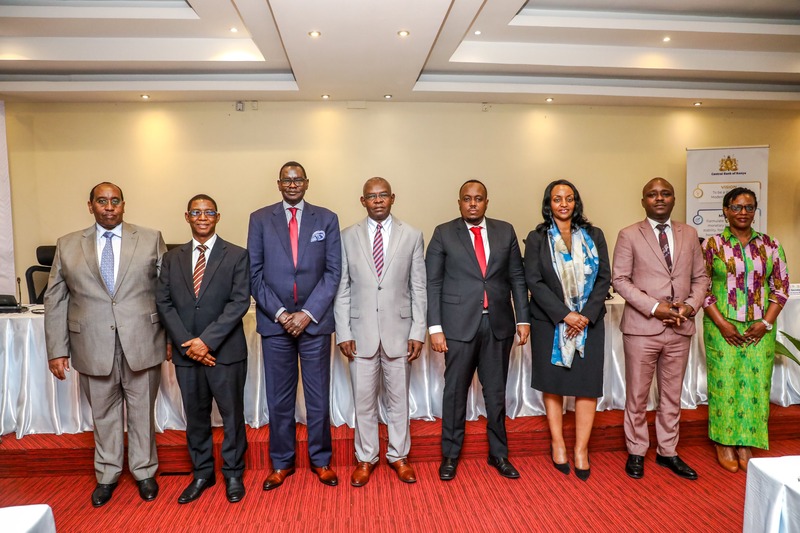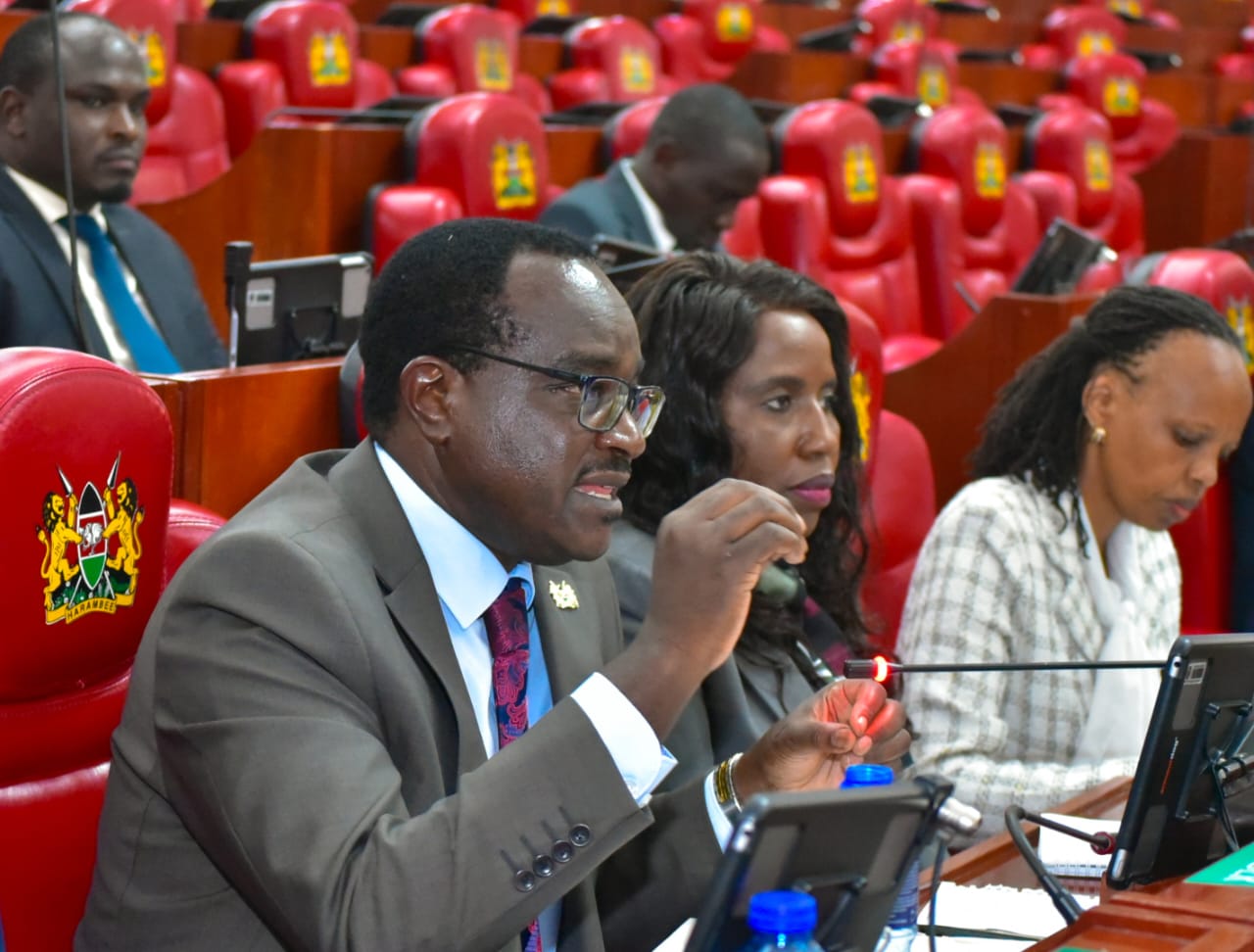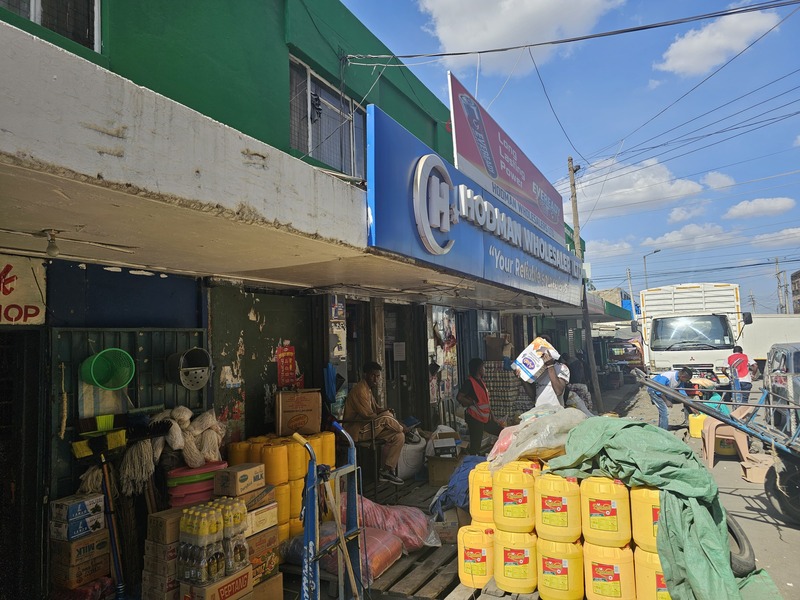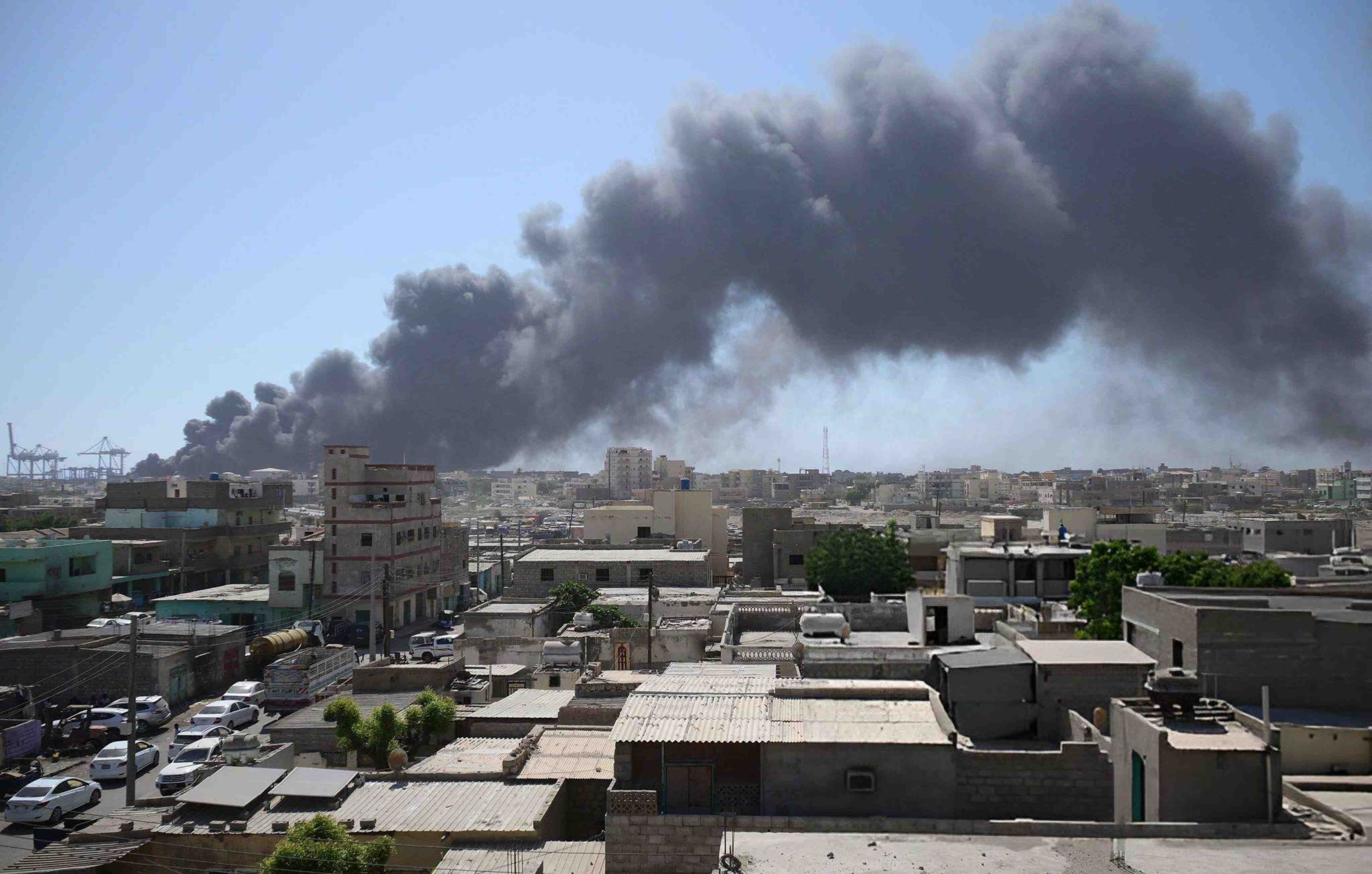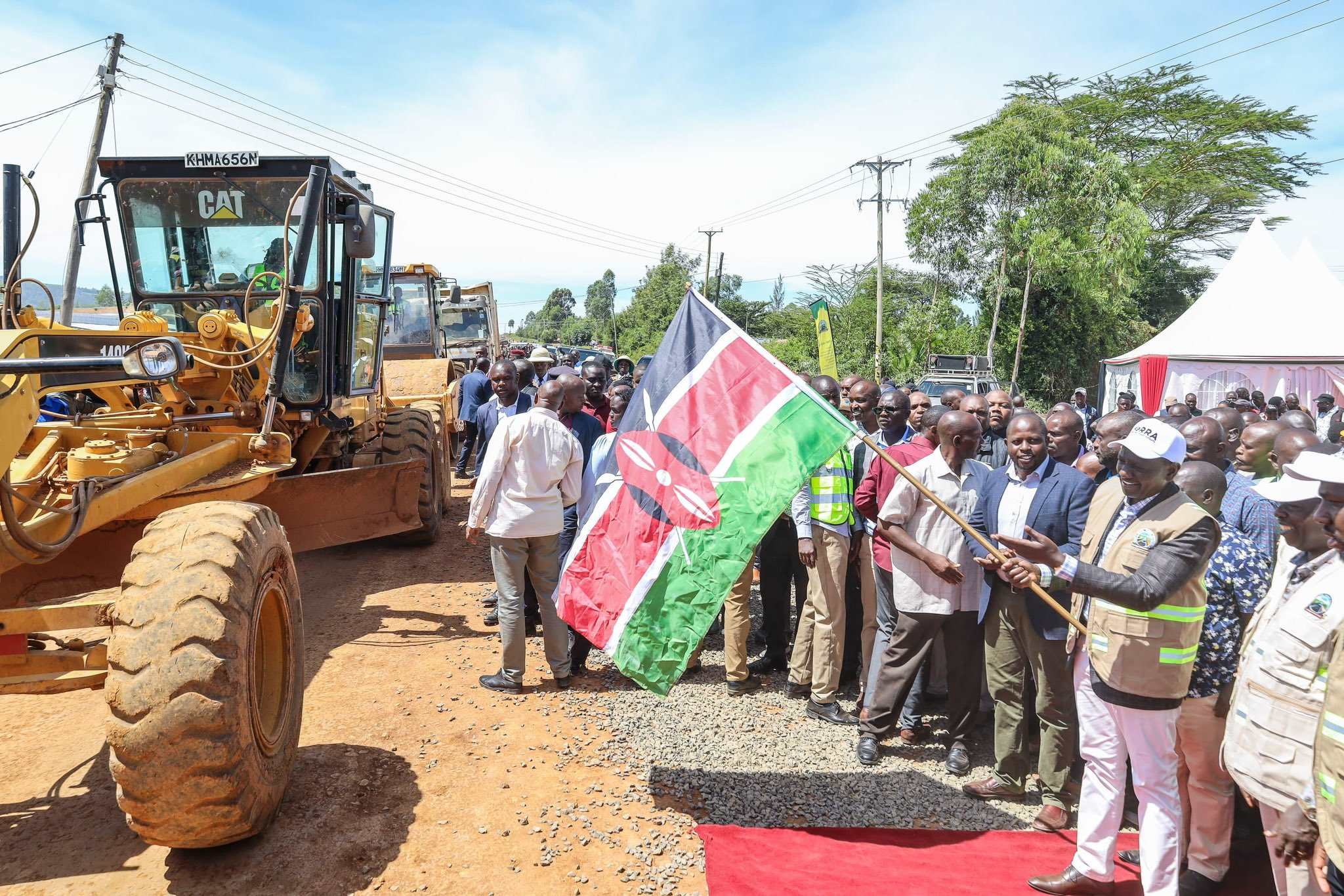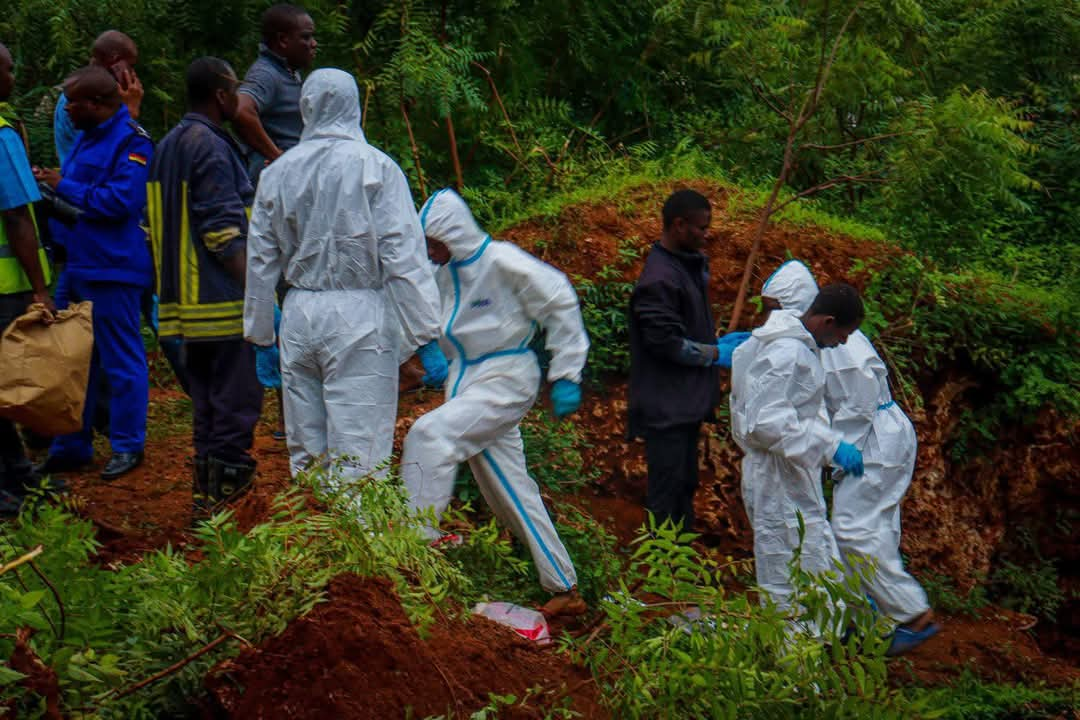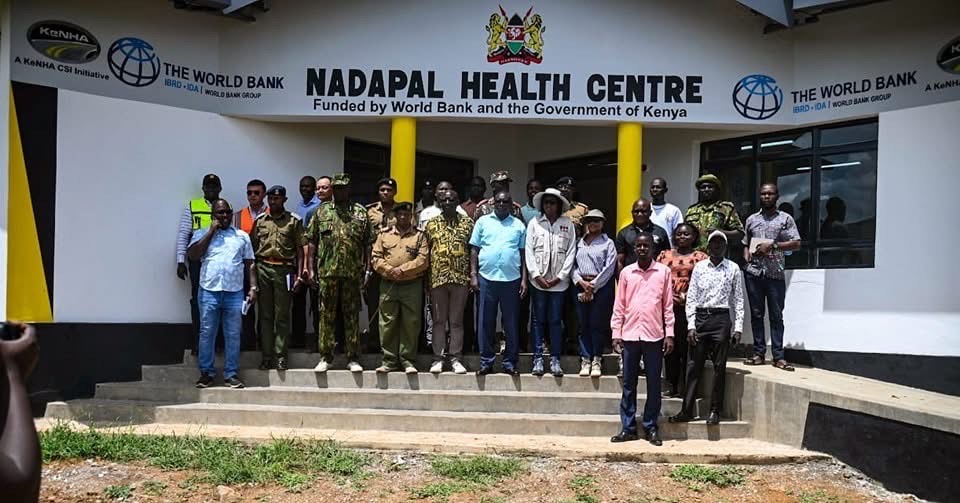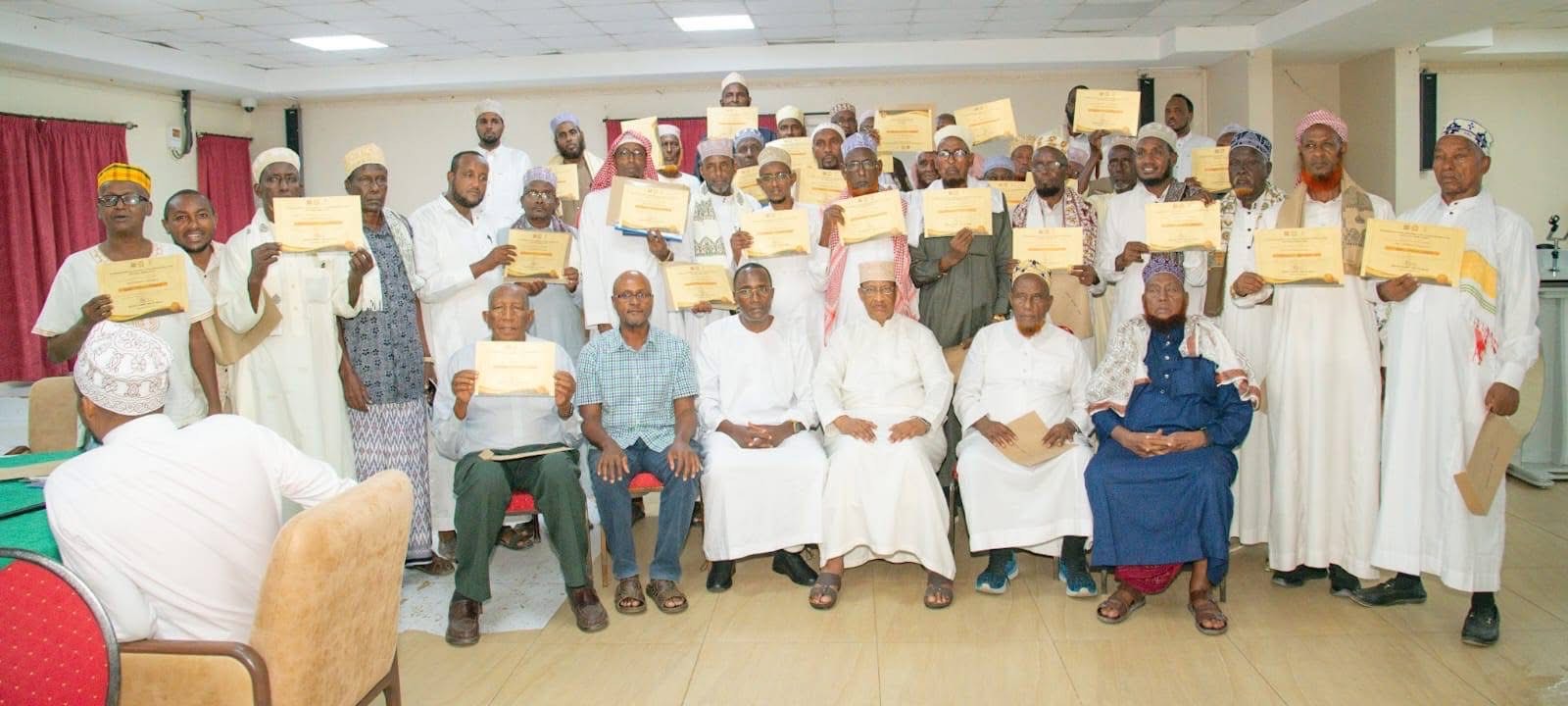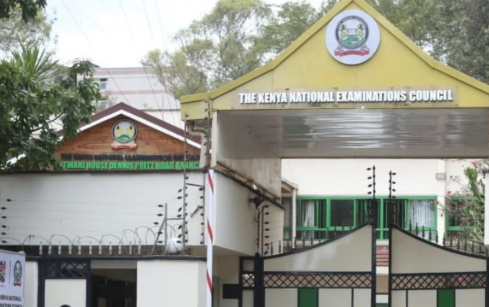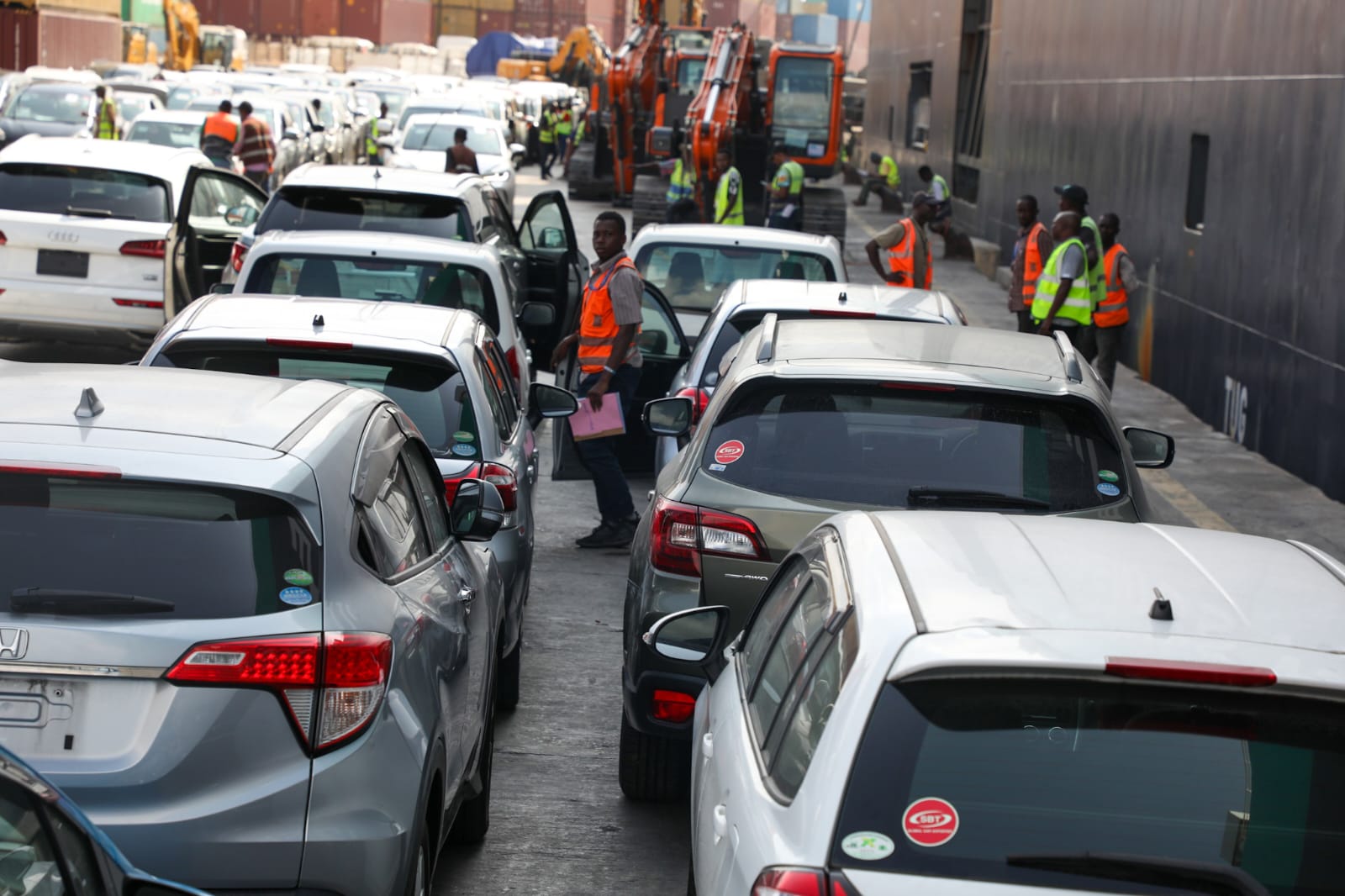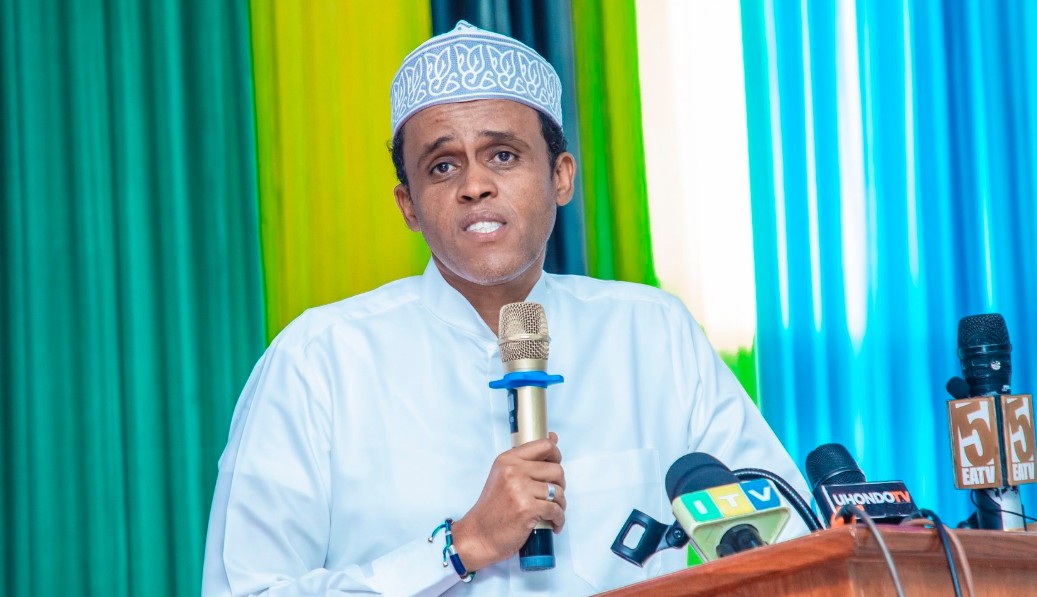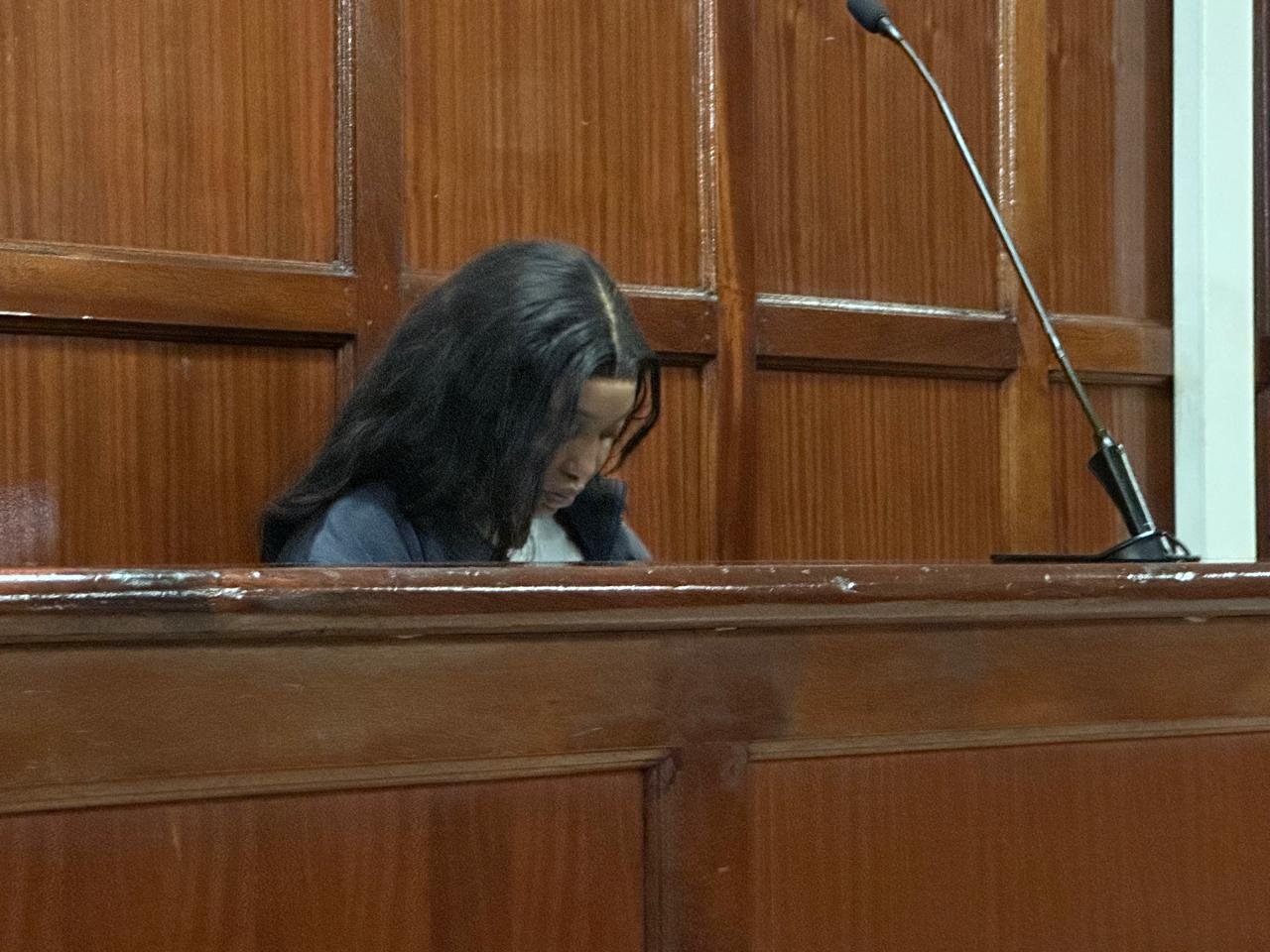Mombasa partners with International Labour Organisation to tackle child labour
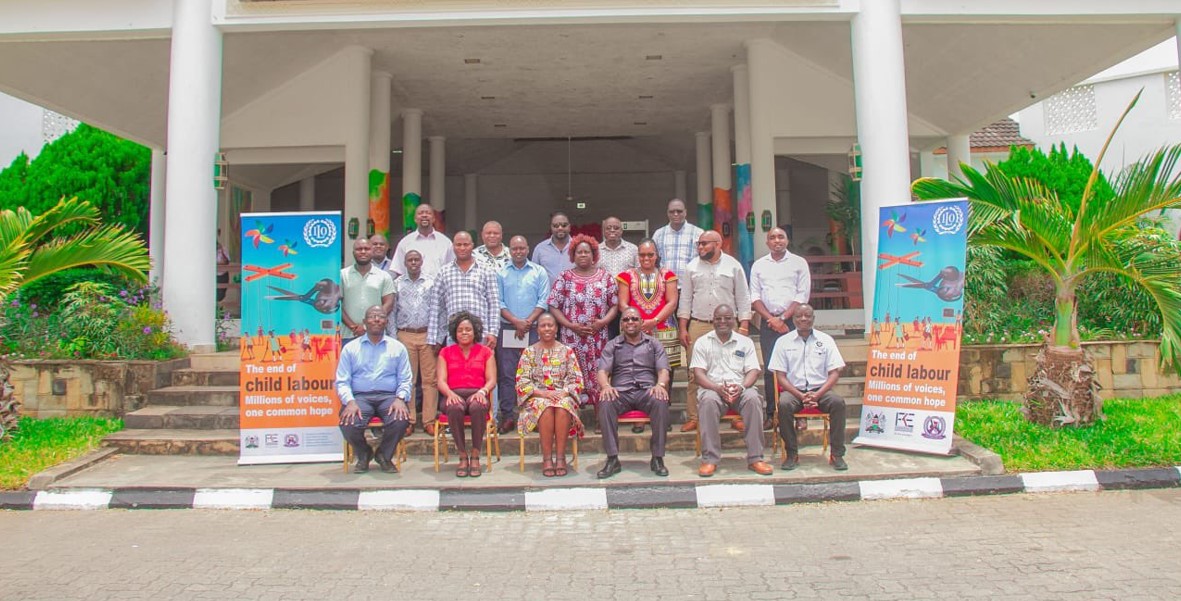
Adults who typically provide stable income are resorting to sending children to beg, work on family farms, and engage in domestic work in other households..
Mombasa County has teamed up with the International Labour Organisation (ILO) to combat child labour.
The County Coordinator for Children Services, Gabriel Kitili stated that about 5,000 instances of child labour are reported annually in Mombasa by grassroots "child protection volunteers."
More To Read
- Governor Abdulswamad tables proposal to curb abuse of prescription drugs in Mombasa
- Murkomen declares war on Mombasa politicians funding criminal gangs
- Mombasa hawkers ordered to vacate footpaths or face forceful eviction
- Relief for truckers as KPA suspends Mombasa’s Sh700 port parking fee
- Legal tussle begins as Mombasa residents fight bursary suspension order
- Mombasa youth urged to take active role in county governance and accountability
Kitili emphasised that child begging is the main form of child labour.
"We are teaming up with the county government through a committee to address the issue of street families in Mombasa County," he said.
The Mombasa County Government in partnership with the ILO organised a meeting with stakeholders to discuss strategies for alleviating and decreasing child labour.
The main objective of the three-day conference was to assess the current situation in Mombasa regarding child labour, forced labour, and human trafficking.
Forms of child labour
The meeting began by identifying the various forms and causes of child labour in the county, ultimately concluding that the predominant driver is cultural and traditional practices, with many communities not prioritising education due to poverty.
The ILO Project Manager, Grace Banya noted that Mombasa County has been proactive in combating child labour, starting with the passage of a county assembly motion declaring "No to child labour."
Additionally, Banya mentioned that the county government is in the process of developing a unique standalone child labour policy.
"The economic fallout from Covid-19 has exacerbated poverty, particularly among the most vulnerable families. As a result, adults who typically provide stable income are resorting to sending children to beg, work on family farms, and engage in domestic work in other households,” said Banya.
She mentioned that they are presently conducting a nationwide survey on child labour, which will provide more accurate data for Kenya.
The project manager highlighted that the online exploitation of children is on the rise, with perpetrators increasingly moving their activities online, where they engage children in unknowing child labour.
She also noted that a common form of child trafficking involves young women seeking employment abroad, only to find themselves trapped in prostitution.
To combat this issue, Kenya has implemented several measures, including bilateral agreements between Kenyan workers and receiving countries, pre-departure training programs, and worker registration upon arrival in the country.
According to the 2022 child labour report jointly prepared by ILO and UNICEF, approximately 160 million children worldwide are victims of child labour. Among them, 92.2 million are from Sub-Saharan Africa, with the majority being boys aged between five and 17 years old.
Top Stories Today
